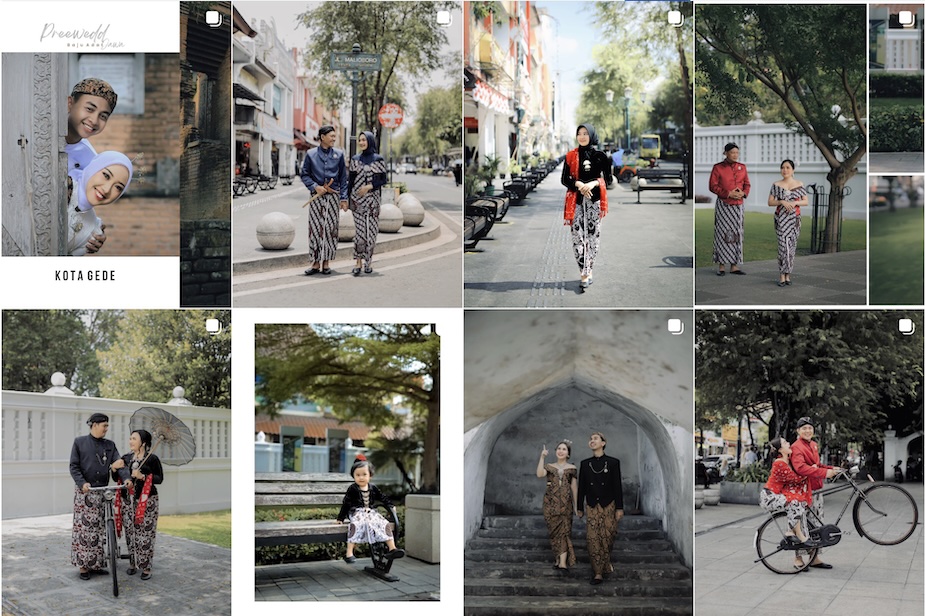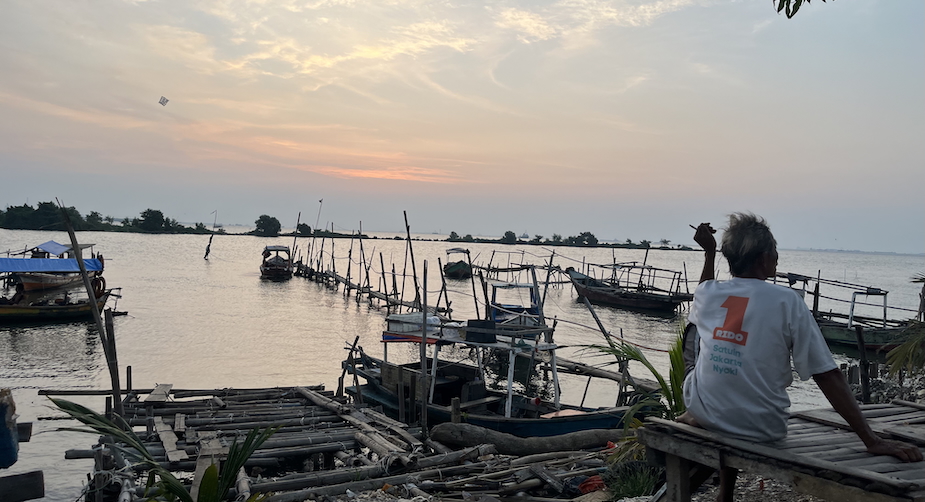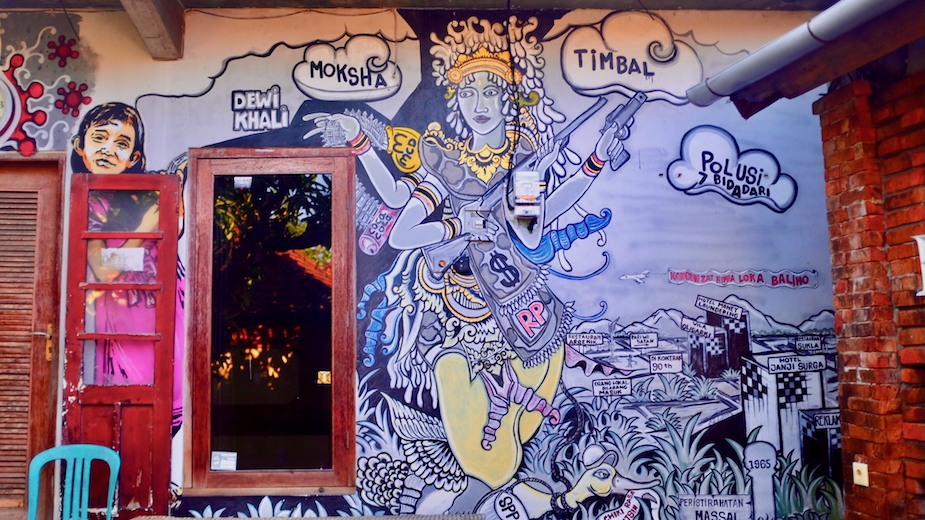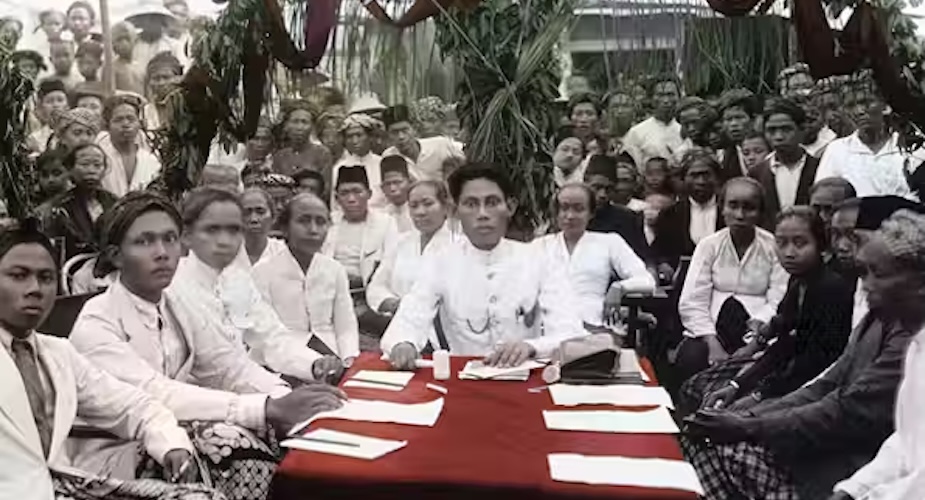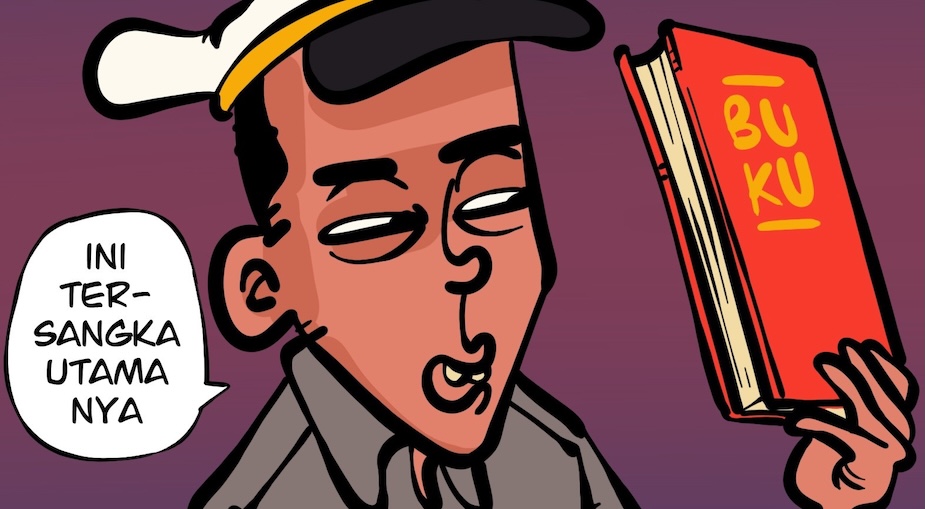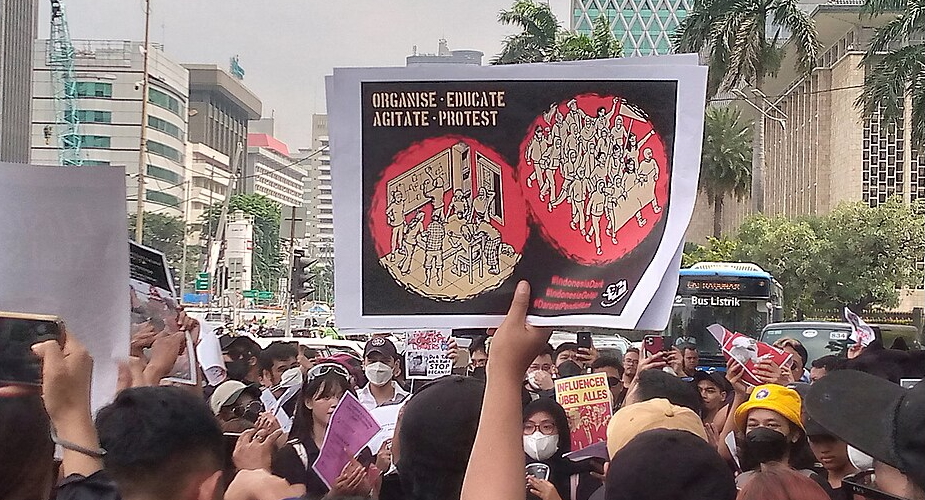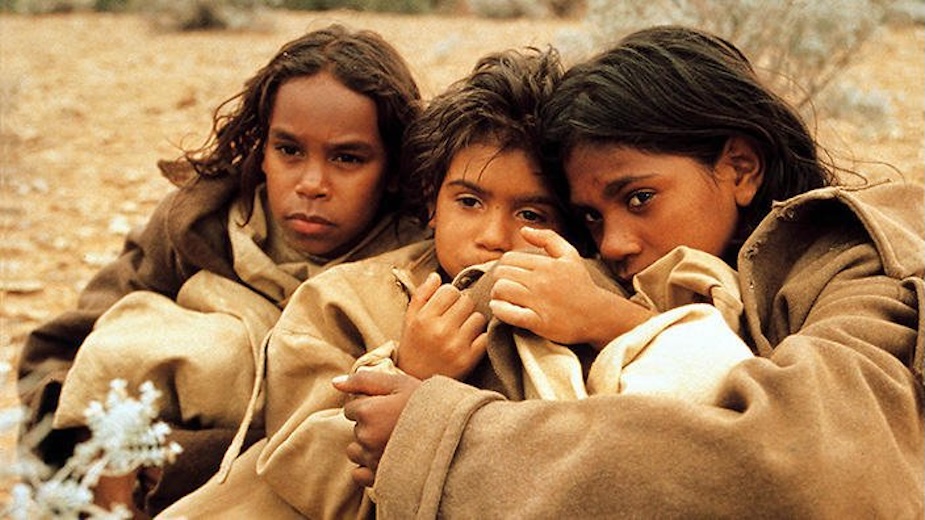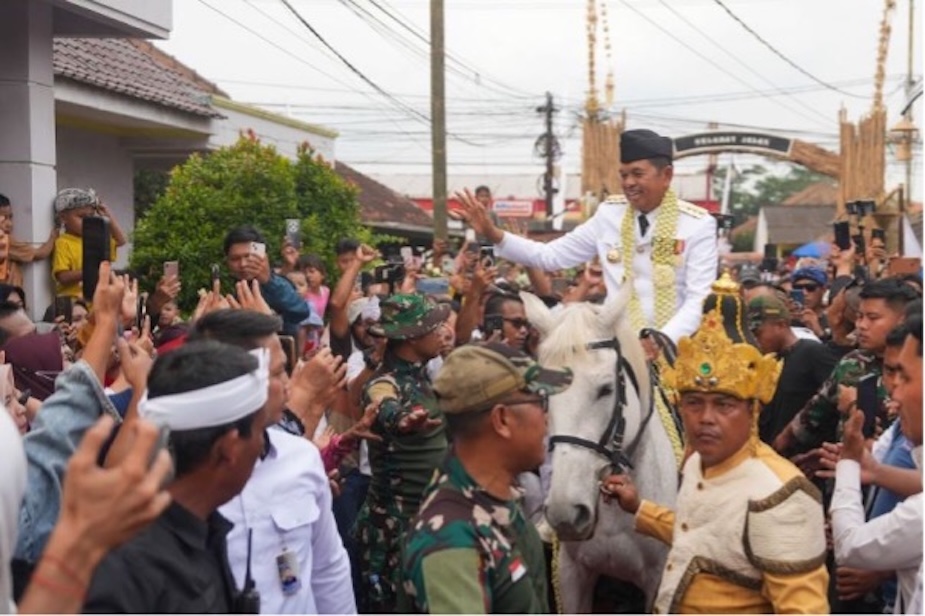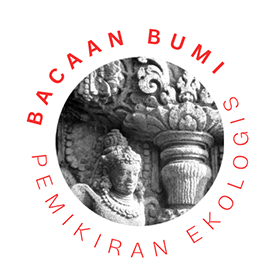The Amung way: the subsistence strategies, the knowledge and the dilemma of the Tsinga Valley people in Irian Jaya, Indonesia, PhD thesis, University of Hawaii; Ann Arbor: University Microfilms International, 1995, 509 pages.
Reviewed by MATT RICHARDS
The Amung, also known as the Amungme, have been thrown into the international limelight in recent years as one of two small tribal groups at the centre of the Freeport controversy, dispossessed and victimised by an ever-expanding mining giant. Yet there are other 'outsiders' too: loggers, transmigrants, government officials, and a national park. All encroach upon and disrupt their indigenous way of life.
The Amungme's dilemma is not uncommon, and in fact has become cliched throughout the Freeport drama as 'a Stone Age people coming to terms with the 20th century'. Yet remarkably little has been written on these people - a product of Irian Jaya's geographical obscurity and tight security restrictions surrounding the Freeport mine. This dissertation is the most comprehensive English-language source to date on the Amung.
Cook aims to identify a course of action for the Amung that accommodates the old within the new. She does this by viewing 'the Amung situation with a sense of context, complexity, and interaction of social, cultural and ecological phenomena'. Through detailed anthropology, she concludes that Pandanus agroforestry is the way forward.
That way, traditional farming and foraging techniques can be preserved, while still absorbing the Amung into the island's market economy. The prescription is conditional on the Amung receiving respect from outsiders, thereby developing a dialogue between the traditional and the modern.
Politics
Strikingly absent from her findings, however, are the political dynamics of the 'Amung dilemma'. Cook concludes that a compromise between old and new can lie entirely within the values of the Indonesian government, through its slogan 'Unity in Diversity'. Surely such optimism deserves more caution.
The sharper dilemma is: should tribal peoples be left as living fossils of the Stone Age, or absorbed, damaged, into the Indonesian present? For indigenous peoples (often read in Indonesia as 'backward') have no place within the government's vision of an economically developing Indonesia. National economic development inevitably demands cultural assimilation, not cultural diversity. Indigenous peoples, through resettlement and education programs, have the most to lose through such integration into 'the Indonesian mainstream'.
Matt Richards is an Honours graduate in Asian Studies from the Australian National University in Canberra.


